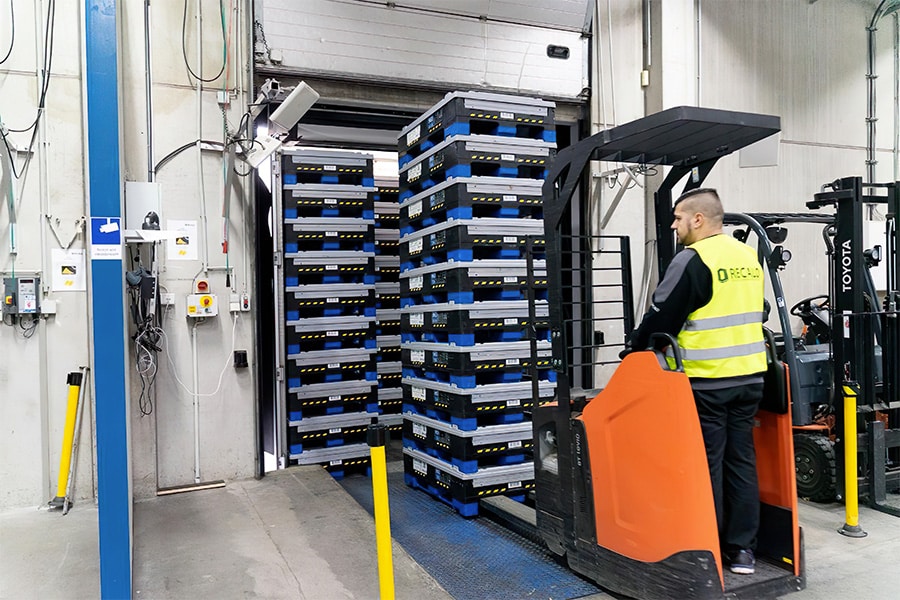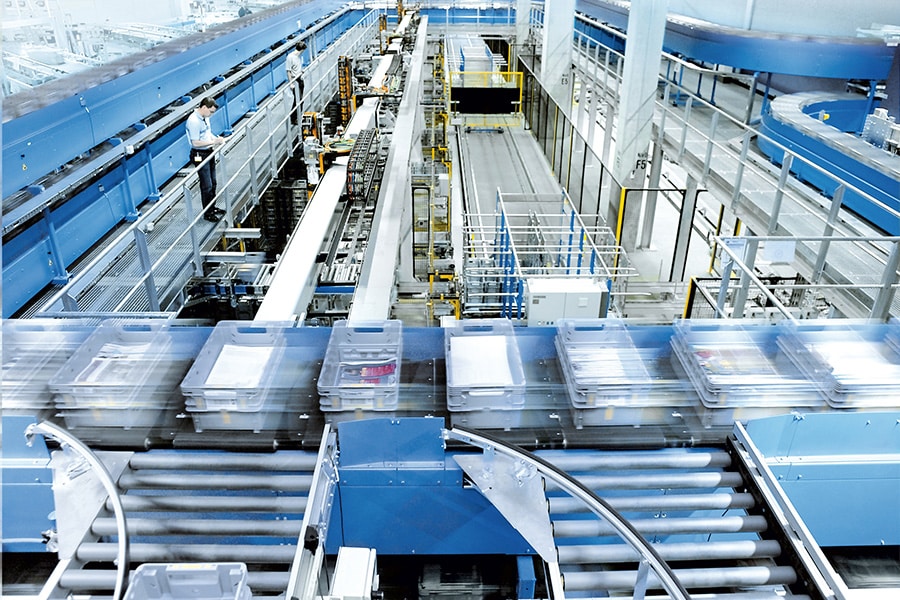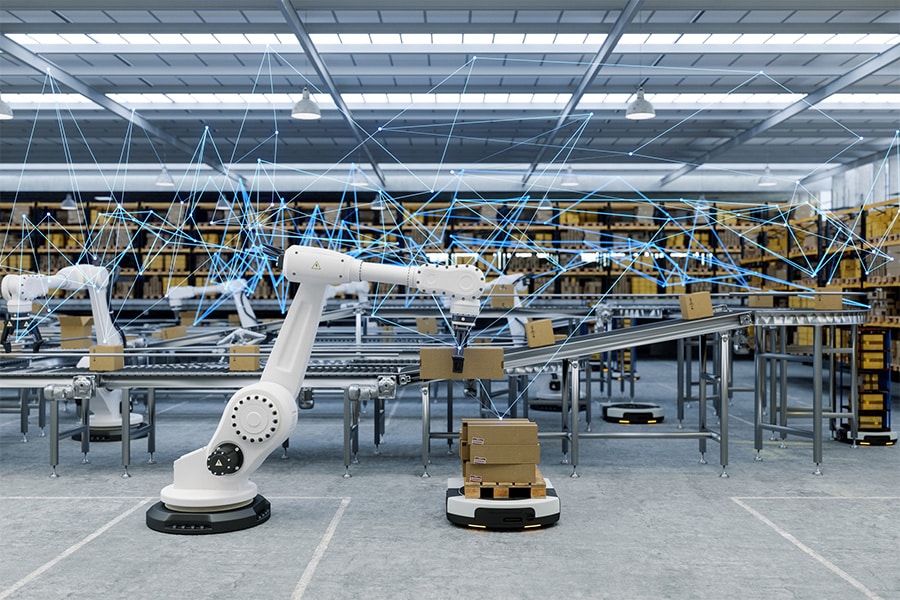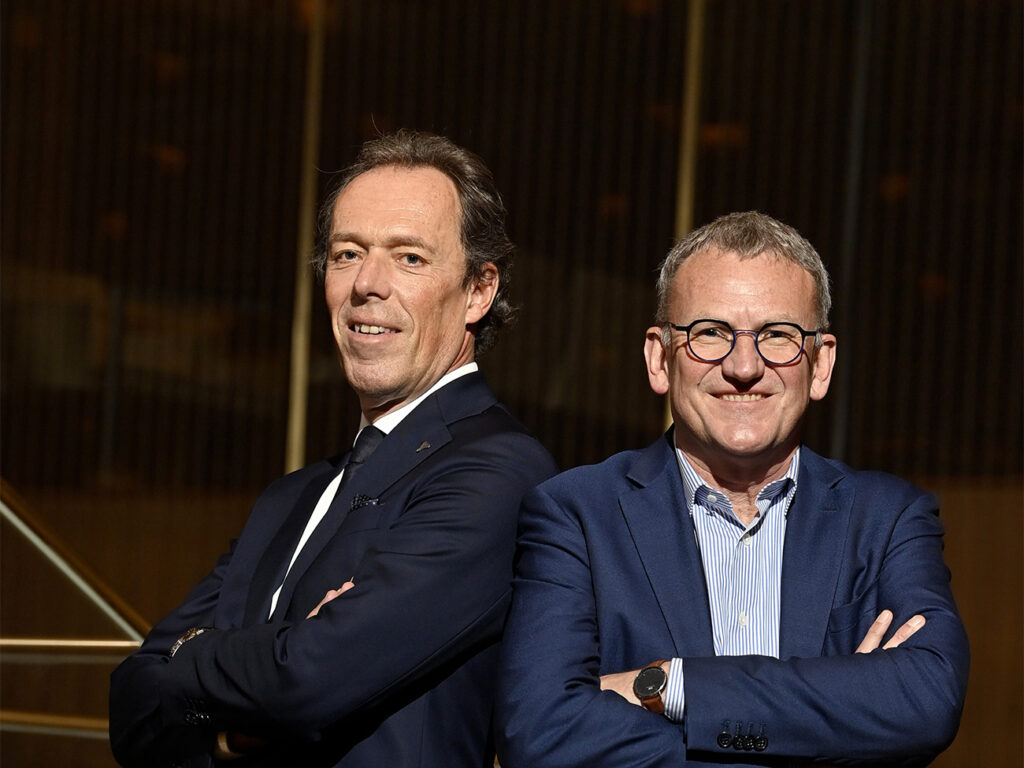
Double interview with Jacques Vandermeiren (Port of Antwerp-Bruges) and Daan Schalck (North Sea Port)
"It's no longer about growth in tonnage, it's about anchoring the industry."
2022 has been an extraordinary year economically. After initial optimism at the end of the covid pandemic, the war in Ukraine threw a spanner in the works. Our country's major port companies experienced it first hand. Indeed, the export of goods to Russia, a major destination, virtually stopped. It provided challenging circumstances for port CEOs Daan Schalck and Jacques Vandermeiren. Despite everything, both are looking to the future with confidence.
How do you look back on the past year? What do the (preliminary) traffic figures say?
Daan Schalck: All in all, North Sea Port will realize a good year. Although the boycott to Russia is in full swing, we will record a growth of a good 5 percent. This means we are doing better than our previous record year of 2019. But what makes me especially positive is the fact that we were able to attract some nice investments, both in existing port companies and in the issuance of new sites.
These investments are also in line with the spearhead sectors of our strategy: automotive, hydrogen and value-added logistics. For future growth, we are not so much aiming at the container business, but rather at industrial activities related to sustainability and circularity. A good example is the battery assembly plant at Volvo Trucks or the reconversion of the former Ghent Coal Terminal into an energy hub by BEE.
Jacques Vandermeiren: It will not be a record year for Port of Antwerp-Bruges. Russia accounted for 16 million tons, and we were only able to compensate for part of that loss. Moreover, there is still a congestion problem in the container segment, with increasing waiting times and disruption of the entire supply chain. This will probably only be solved when the covid problems in China are over.
Fortunately, we are a large port with several segments, which spreads the risk. In the first year of the merger between Antwerp and Zeebrugge, we will finally achieve status quo. But that is not our first priority either. We are fully engaged in integrating both platforms and optimizing our operations, to make this merger port ready for the future.
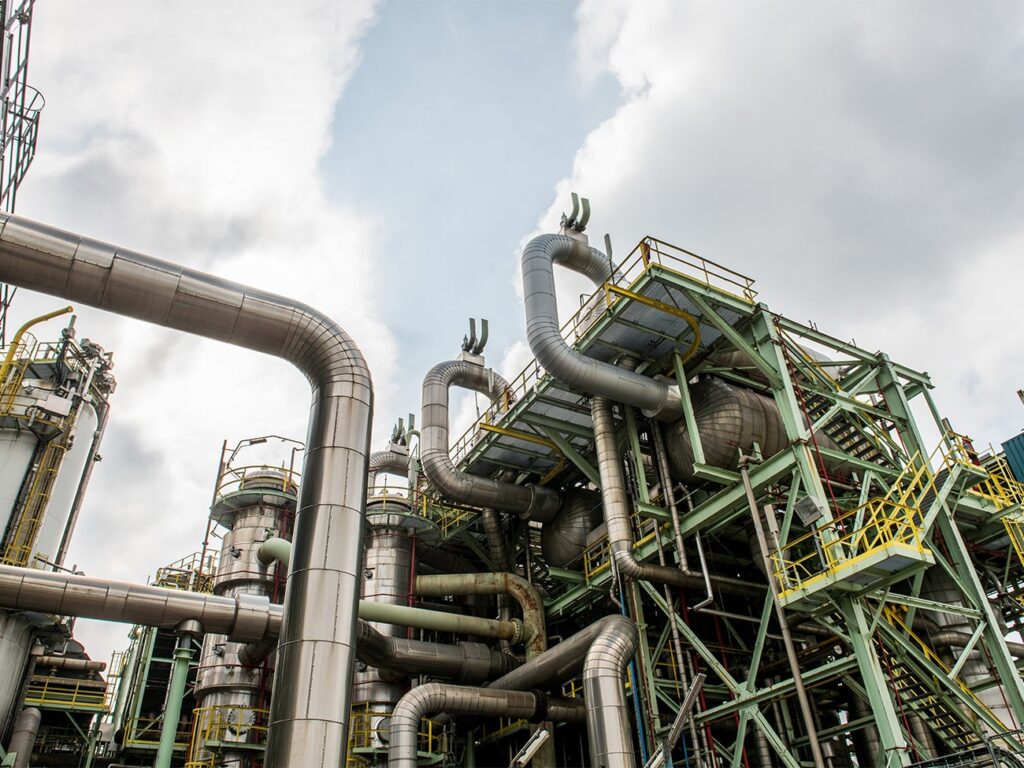
The merger between Antwerp and Zeebrugge, considered impossible for years, finally became a reality on April 22. How did the maritime and logistics world respond?
Jacques Vandermeiren: Actually, for the corporate world, that was a near-evidence. Only locally it was too sensitive for a long time. But now everyone says in unison: "finally!". Daan has been a forerunner in this respect with the integration of Ghent, Terneuzen and Vlissingen. For us, the energy transition has certainly been an important driver behind the merger: major investments are needed and then it is better to join forces in order to work efficiently when building new infrastructure.
Moreover, we have to acknowledge that certain companies were not interested in doing business in Zeebrugge, they considered it a blind spot. Within Port of Antwerp-Bruges, we now have the opportunity, averse to any competitive logic, to further grow port activities at both our locations.
In 2023, North Sea Port will celebrate its fifth anniversary. What has this merger meant for the ports involved?
Daan Schalck: We had commissioned a study by McKinsey in 2016: is it economically valuable to merge Ghent, Terneuzen and Flushing? The report was positive and predicted 15% growth in tonnage, employment and land allocation. The boards involved then gave the go-ahead. And today, almost five years later, we find that we have exceeded those expectations in all areas.
By the way, there is more: cross-border port cooperation makes other things possible as well. Infrabel and Prorail are jointly investing 200 million in their rail infrastructure. Fluxys and its Dutch counterpart are jointly building a hydrogen backbone. I am sure this would not have happened without the port merger. It also makes me happy that municipalities from the North Sea Port area are starting to cooperate on nature development or cultural projects.
You went on a trade mission to Japan together in early December. So is there still some competition between the two port companies?
Jacques Vandermeiren: We're not actually doing that. We come from a long corona period where we didn't meet our customers physically. We wanted to reconnect with them, hear what plans they are making and how that fits in with our ambitions. For me, the main purpose of this mission was to explain to Japan what Belgium and Flanders stand for, explain our industrial policy and our investments in energy transition. So we did a number of things together, including with organizations such as the FEB and essenscia, but also individually. For Port of Antwerp-Bruges this was also the first time we were able to explain our merger to important clients such as NYK Group.
Daan Schalck: Indeed, in addition to a number of individual visits to customers and prospects, we wanted the entire delegation to demonstrate that Belgium has a good investment climate and that we and other Belgian companies also have a lot to offer. Especially in Japan and distant countries, such a princely mission is still very useful. For me, there is no competition with Jacques. The times have changed. Above all, we must play our complementarity as an asset.
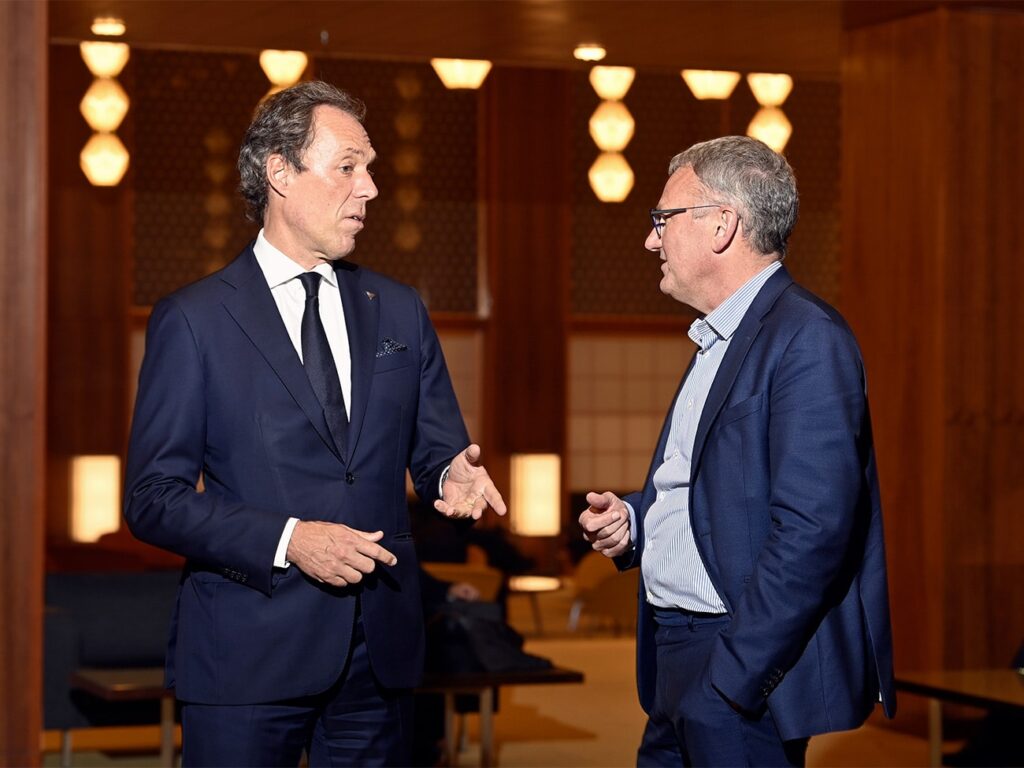
2022 was the year of the energy crisis. Belgium wants to accelerate its commitment to more sustainable forms of energy, and both of your ports are involved in new projects. So are you competitors in that area?
Jacques Vandermeiren: Here, too, we are complementary. The challenge of energy transition is so great, the volumes of renewable energy we will need are so great, that we will basically need all the ports of Europe to move away from fossil energy. The only thing we have to avoid is that investments would happen that are not coordinated. As for pipelines, we must provide the necessary interconnections so that the new networks can support each other.
Daan Schalck: The challenge is effective to make the energy transition succeed, in the interest of European industry. That is where we as port companies have a responsibility to assume. We have to be able to offer our major industrial players - think of an Arcelor in Ghent or the chemical cluster in Antwerp - what they need. When it comes to new molecules, we are less than ever competitors, but will have to assume a role in European networks.
In what niches do you see growth potential for your respective ports?
Daan Schalck: For me, there is one big niche: sustainability and circularity. We see that big clients like Dow and Arcelor are investing heavily in that. That also generates new activities in an ecosystem that can provide added value to various companies. There is also growth in the construction and maintenance of all kinds of installations for offshore energy. With DEME and Ørsted we already have international strongholds in our port. And then there are promising developments concerning hydrogen, CO₂-recovery ... In that area, too, we as a port can facilitate and grow. Our strategic plan therefore no longer provides for a tonnage ambition, but rather for value creation.
Jacques Vandermeiren: I see a similar trend in our chemical cluster. Ineos is making a billion-dollar investment, BASF wants to become climate neutral by 2030. All the other chemical companies are nurturing similar plans. So much will be invested that we fear lack of space. Water and heat will become a challenge. We want to fully commit to making our port more sustainable and building common infrastructure to anchor the industry here.
What challenge awaits port authorities in 2023?
Daan Schalck: In 2023 it will be a matter of realizing a number of concepts that have already been worked out, or at least bringing them to a preparatory phase. It is, for example, a crucial year in the development of a CO₂ terminal, in which Yara, Arcelor and Dow are involved. We must hope that the energy crisis does not slow this down.
Jacques Vandermeiren: Besides integrating our two port platforms, we will have to find solutions to congestion above all. As global ports, we depend on what happens elsewhere in the world, but we want to help our customers as best we can. And finally, we too will continue to work on the energy transition, to get more concrete projects out of the starting blocks.
